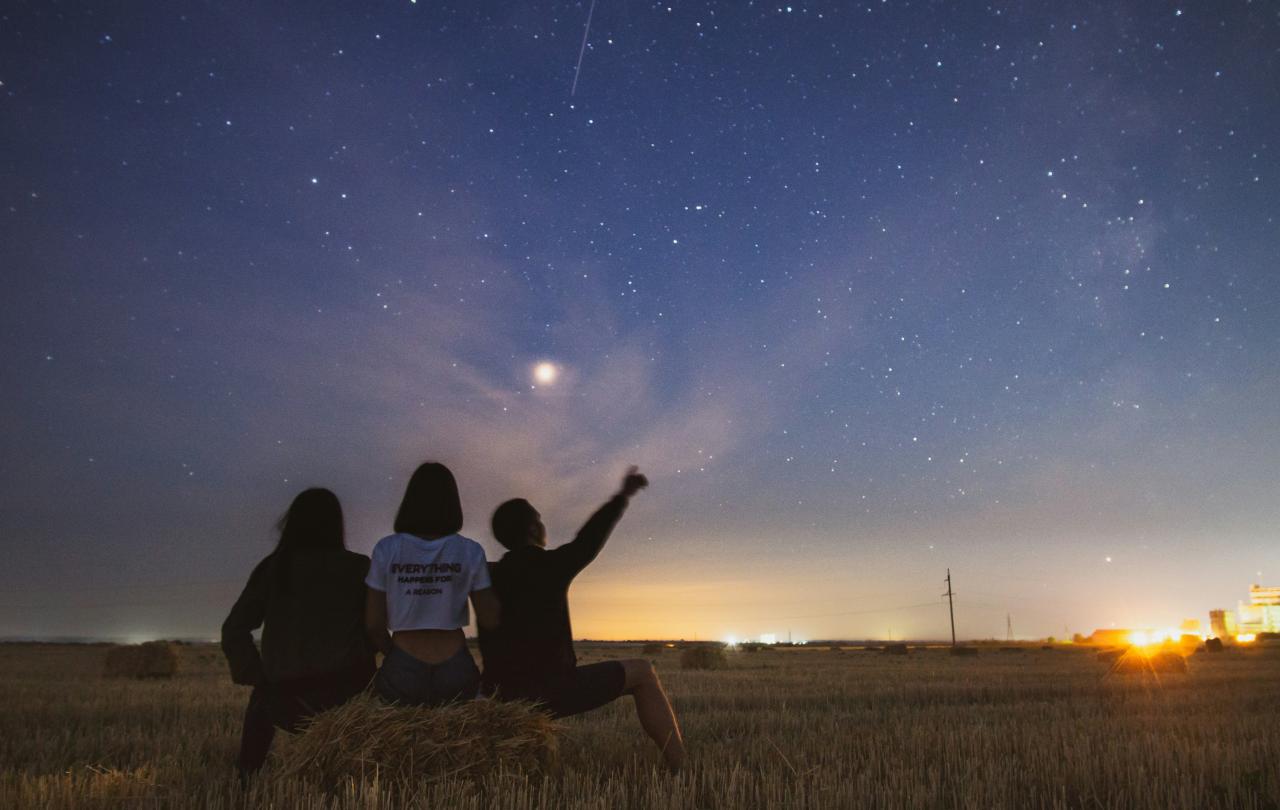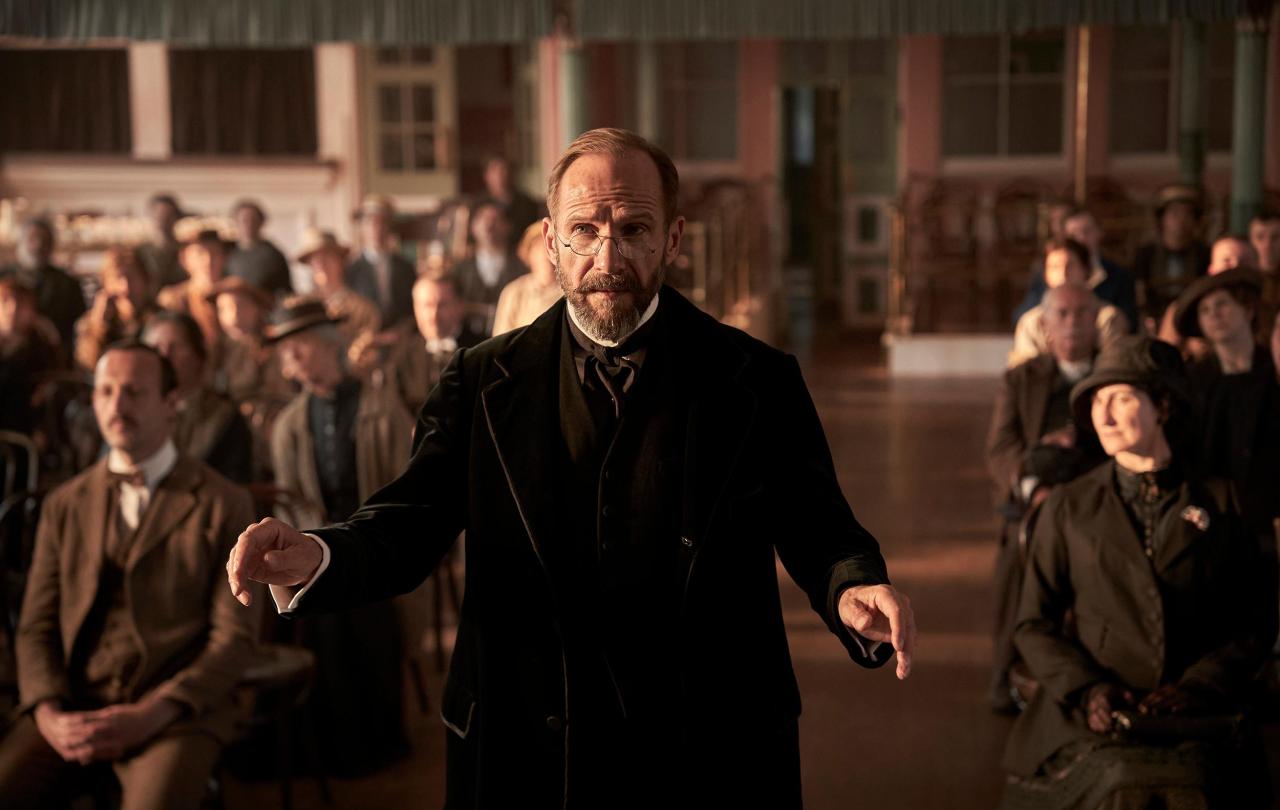
Charles Taylor, Cosmic Connections: Poetry in the Age of Disenchantment
At just shy of 600 pages, philosopher Charles Taylor’s latest book is not for the faint-hearted. At the heart of the book are fascinating questions. What kind of language should we use when we encounter ‘beauty’, or experience ‘wonder’ which seems to take us into a new kind of space, or make time stand still? It could be the sight of a breathtaking landscape. It could be a piece of music. It’s that sense of ‘connection’ with something bigger than ourselves. What might it mean? More particularly, how do we express what we intuitively feel to be real and deeply significant about such things when our usual language fails to capture it?
Taylor says that his latest book ‘is about (what I see as) the human need for cosmic connection . . . one shot through with joy, significance, inspiration’. And his hypothesis is that ‘the desire for this connection is a human constant, felt by (at least some) people in all ages and phases of human history’, even if ‘the forms this desire takes have been very different in the succeeding phases and stages of this history’. The book explores these questions by focusing on late-Romantic European poetry and traces its development through the work of later poets including Goethe, Rilke, Wordsworth, Hopkins, and T. S. Eliot.
The background to Taylor’s explorations is the ongoing impact of the Enlightenment on our language and understanding about ‘truth’ and ‘meaning’. Those familiar with his 2007 book A Secular Age will find echoes of it here, particularly the way in which post-Enlightenment language tended to develop the language of control. This, he argues, became increasingly dominant in Western modernity ‘because it is linked to a practical stance which is basically instrumentalist; we seek out the efficient causal relations in our world with the aim of discovering handles which will enable us to realise our purposes’. In reaction to this narrowing of possibilities, the Romantic poets focused on ‘the experience of connection, and the empowerment this brings: not a power over things, but one of self-realization’. And a key element of the Romantic movement was the recognition that a poem (alongside the wider arts) uncovers deeper meanings: it ‘reveals to us, brings us into contact with, a deep reality which would otherwise remain beyond our ken’.
‘Poetry goes beyond creating a mood, an atmosphere of feeling, and claims to give access to the inner force in a thing, not by describing it, but by making it palpable’
The book focuses on the variety of forms that this reaction took amongst Romantic poets. A unifying desire for ‘connection’ led to differing ideas about how poetic language makes this possible and what kinds of meaning are revealed. But the central belief remained constant: that poetic language was the key to addressing a prevailing cultural atmosphere of ‘disenchantment’, in which the desire for cosmic connection had been sidelined.
On the English side of the channel, Taylor finds in Keats’ poetry, a new form of expression summed up in his statement ‘Beauty is Truth and Truth Beauty’. In Taylor’s words, ‘Art raises the object to a new unity and intensity, which constitutes Beauty. But this is not something which just exists in the mind of the artist (or reader); it has reality, and hence Truth, even though this reality is partly brought to fruition by artistic (re)creation’.
Similarly, for Gerard Manley Hopkins, the form of poetic language itself can become a means of ‘connection’. As Taylor puts it, in Hopkins’ work, ‘Poetry goes beyond creating a mood, an atmosphere of feeling, and claims to give access to the inner force in a thing, not by describing it, but by making it palpable’. His poetry embodies this in that it ‘renders the rhythms of the being itself through the “sprung rhythm” of the verse’.
The second half of the book looks to poets of the last 200 years who have navigated parallel pathways towards this ideal of experienced fullness – in the face of increasing industrialisation and disenchantment. Baudelaire longs for the experience of fullness, but finds it barred by a state of melancholy that he described as ‘Spleen’. It is a melancholy brought about by the endless repetitions of mundane and urbanised life. Baudelaire’s attempt to find release from our imprisonment in trapped time is to face Spleen head on and to transform it through poetic contemplation.
T. S. Eliot’s poetry similarly aims to evoke the sources of a fuller life in a culture of decay by means of the ‘continual surrender’ of the poet to something more significant and valuable. In Eliot’s case this resolves in a more-or-less traditional sense of Christian order, but Taylor notes that his poetry doesn’t necessarily require this. Miłosz on the other hand, amidst the social and political upheavals in Poland, sought a higher form of poetry: a poetry that could rise above the discord of social turmoil in order to define a moment and clarify the path that needed to be taken.
‘The work of art opens for us a new field of meaning, by giving shape to it’.
At times, the weight and detail of Taylor’s exposition threatens to overwhelm the reader, but he offers an array of luminous insights along the way, and he is largely successful in keeping an eye on the broader questions and themes. Perhaps the most important here is his belief that the human desire for ‘cosmic connection’, with its yearning for joy, significance and inspiration is perennial. The book is in this sense an elaborate historical worked example of this desire, understood – perhaps imperceptibly – as a sense of ‘loss’ or ‘longing’. It is this ‘central aspiration of the Romantic period’, he concludes, that ‘remains powerful today’.
My own experiences of talking with people today seems to amply confirm Taylor’s view. And the search for language to describe the desire for this sense of connection (or the longing for it) continues to thrive even within a so-called secularised culture (most likely because of it). It too seeks language for expression and sometimes struggles for some of the same reasons that the Romantics identified. Taylor’s phrase ‘the immanent frame’ (from his A Secular Age) powerfully evokes a sense of being held on a restricted rein, unable to name or explore the realms of ‘beauty’ or the ‘transcendent’ beyond perceived cultural boundaries. Connected to this is the still commonly held belief that any supposed knowledge derived through the arts doesn’t put us in touch with anything other than ourselves.
Taylor convincingly transcends the supposed dichotomy between these so-called ‘subjective’ or on the other hand, ‘ontological’ possibilities. ‘The work of art’, he says, ‘opens for us a new field of meaning, by giving shape to it’. Moreover, it can ‘realize a powerful experience of fulfillment . . . of connection which empowers’. And Taylor backs his theory with autobiography. In Goethe’s ‘Wanderer Nachtlied’, he says, ‘There is a kind of rest/peace which I long for. I don’t fully understand it, but now I have some sense of it’. Or broadening the artistic field, he finds that listening to Chopin’s Fantasie-Impromptu in C sharp minor ‘opens me up to an unnameable longing’, or that when he listens to Mozart’s Jupiter Symphony, he feels ‘a striving upwards, an expression of praise and thanks, straining to reach some higher addressee (for me, this would be God), but I can imagine that someone else, feeling the ascending movement, would imagine another destination’).
Here then is a book that shines a light on the possibilities of ‘cosmic connection’. Taylor affirms our desires, reassuring us that we should not feel strange to share the same longings for ‘fullness’, for ‘transcendence’, for ‘joy’ and for ‘connection’ as did the Romantic poets. Our recognition of these desires may well have been evoked by the kind of poetry or music that Taylor talks about here. But for all of us, it is good to be reminded that in a western world still heavily influenced by the climate of secularisation many today are still searching for the sense of cosmic connection that Taylor describes.
Charles Taylor’s Cosmic Connections: Poetry in the Age of Disenchantment is published by Harvard University Press.





